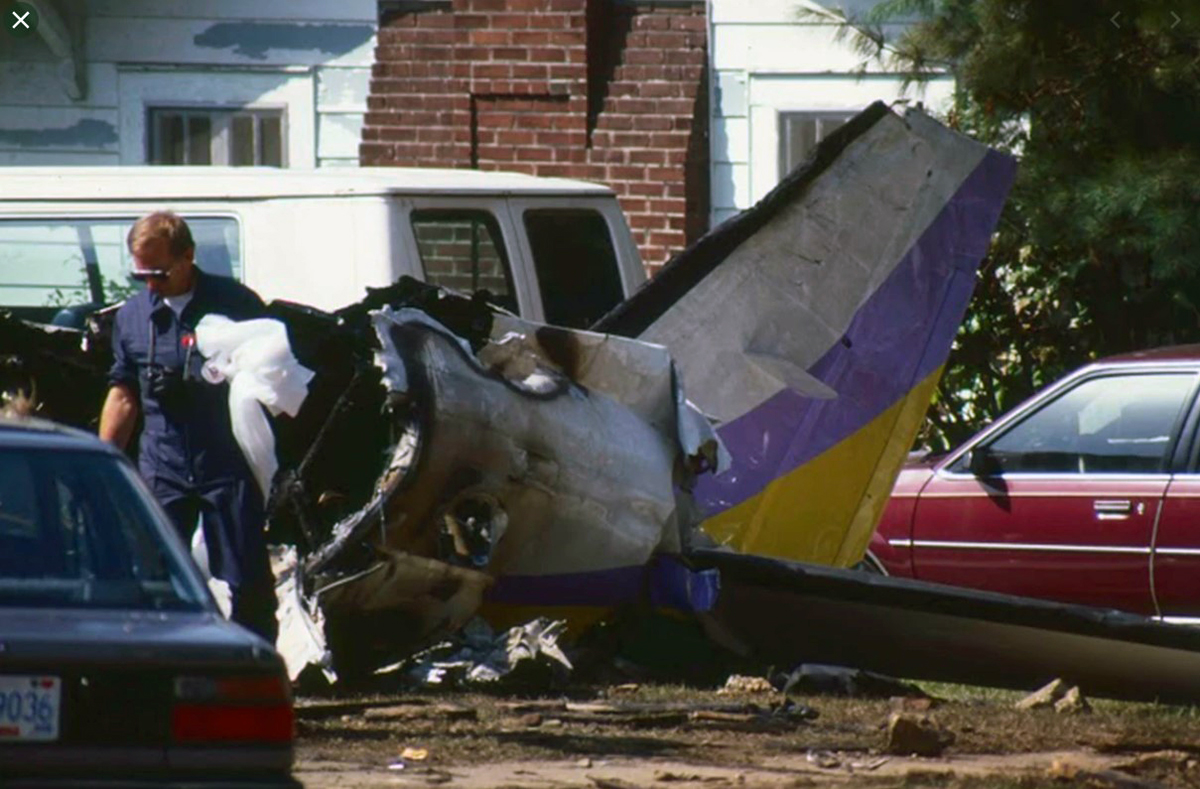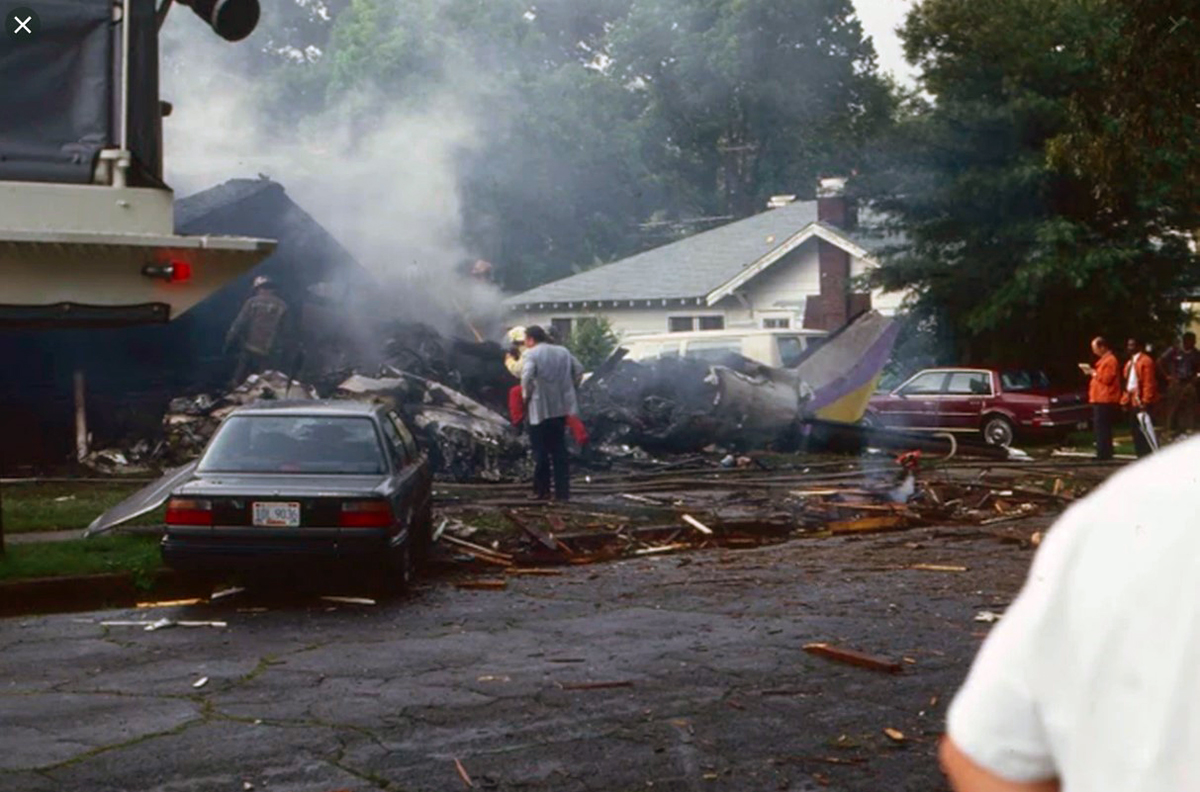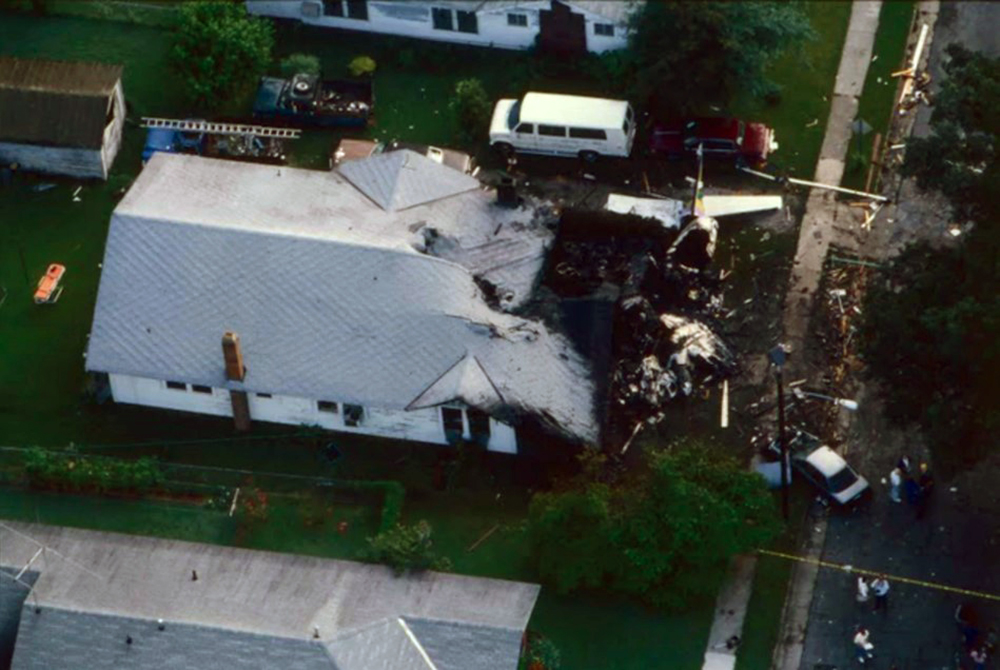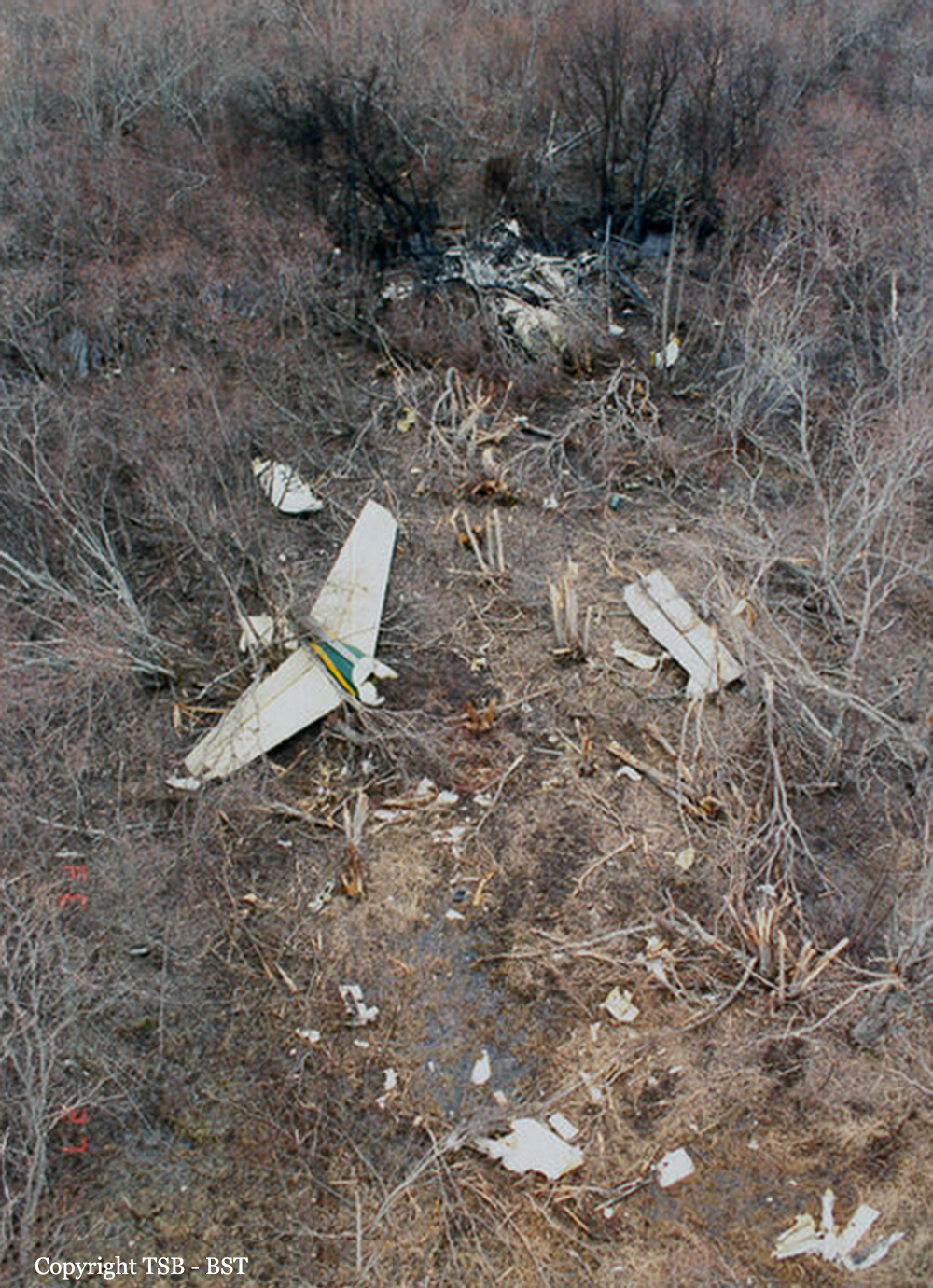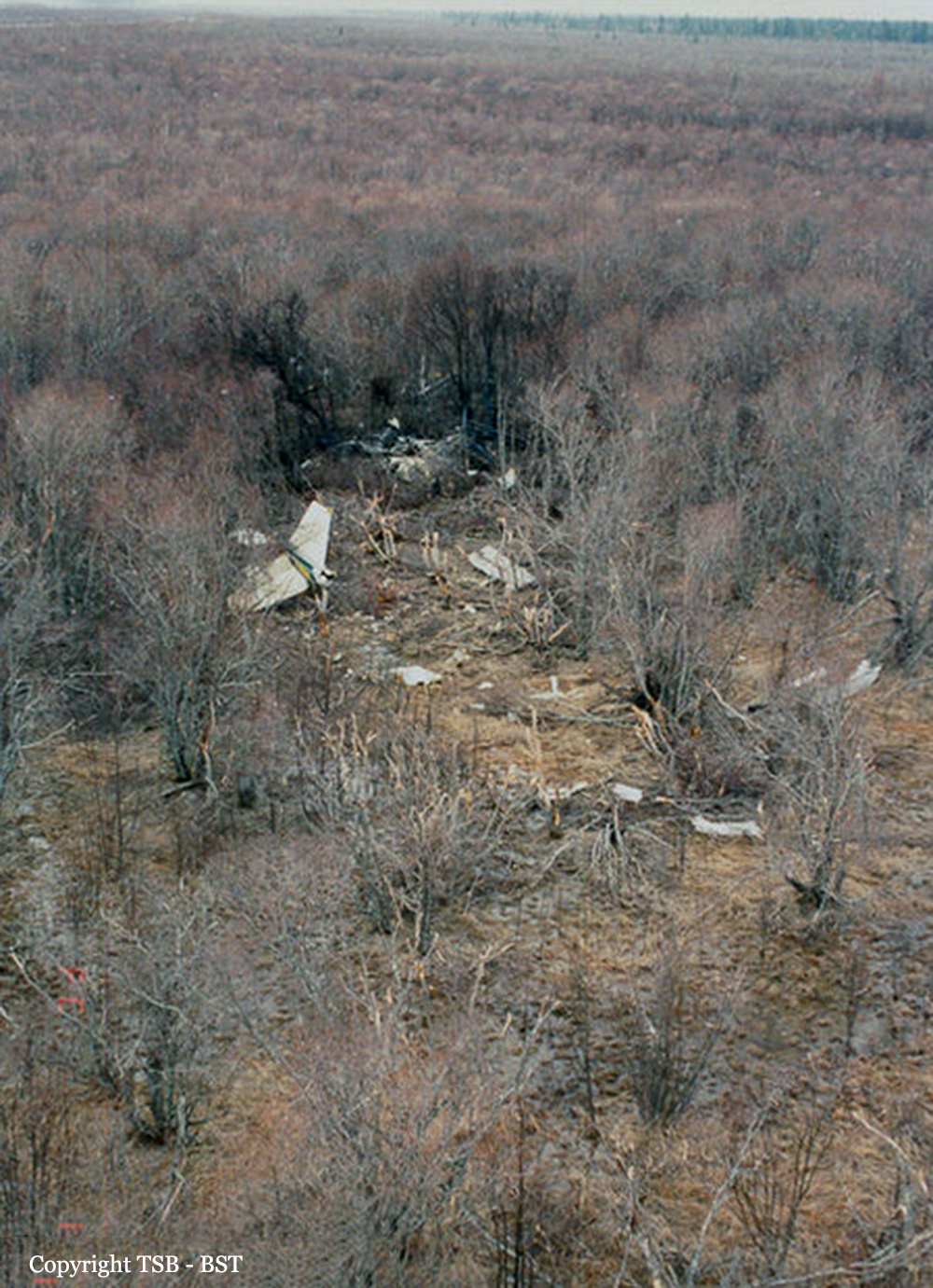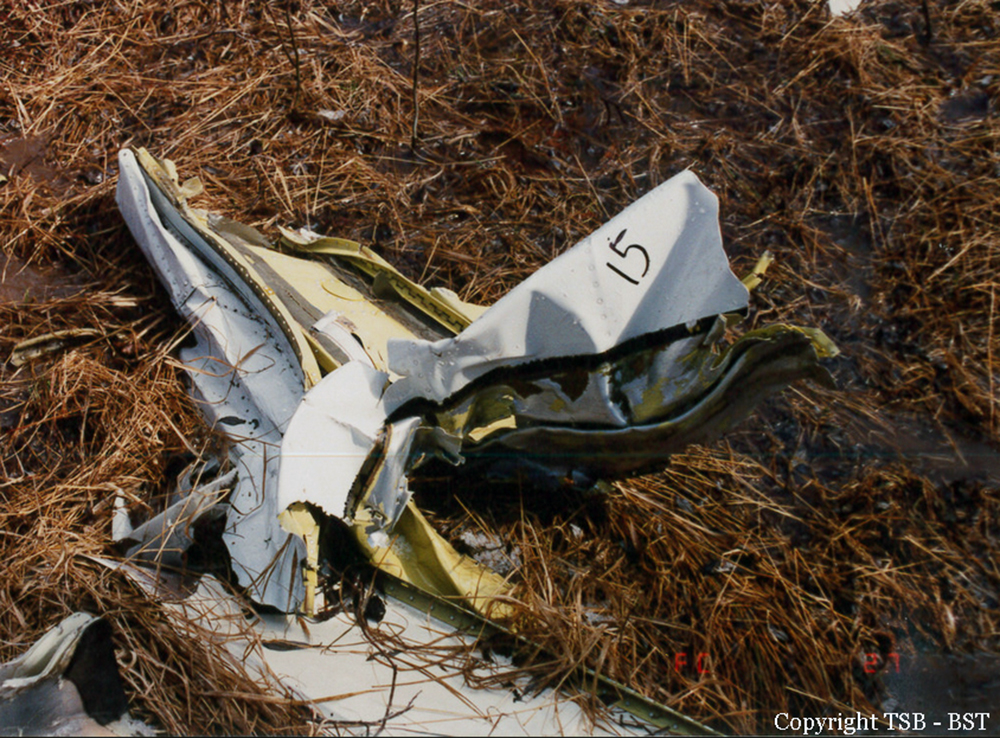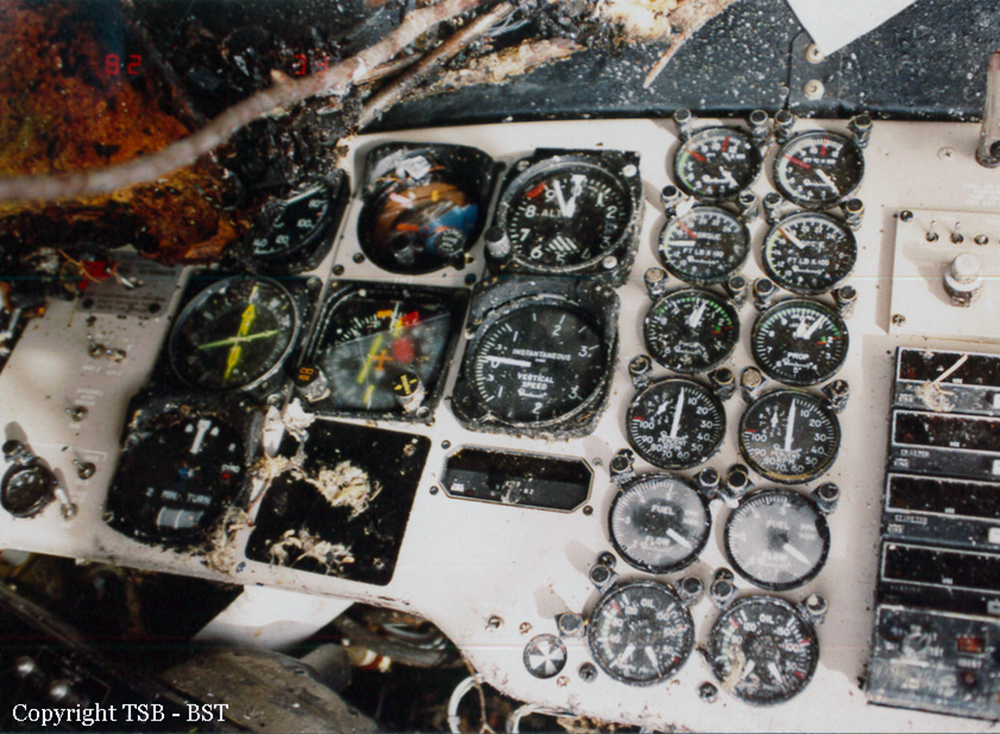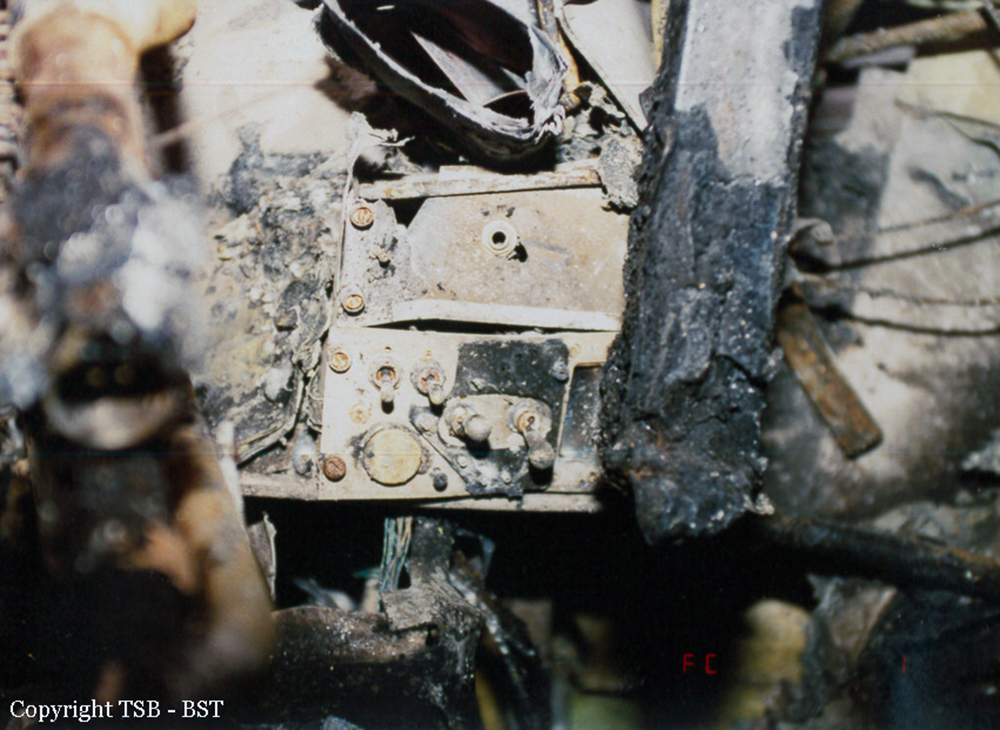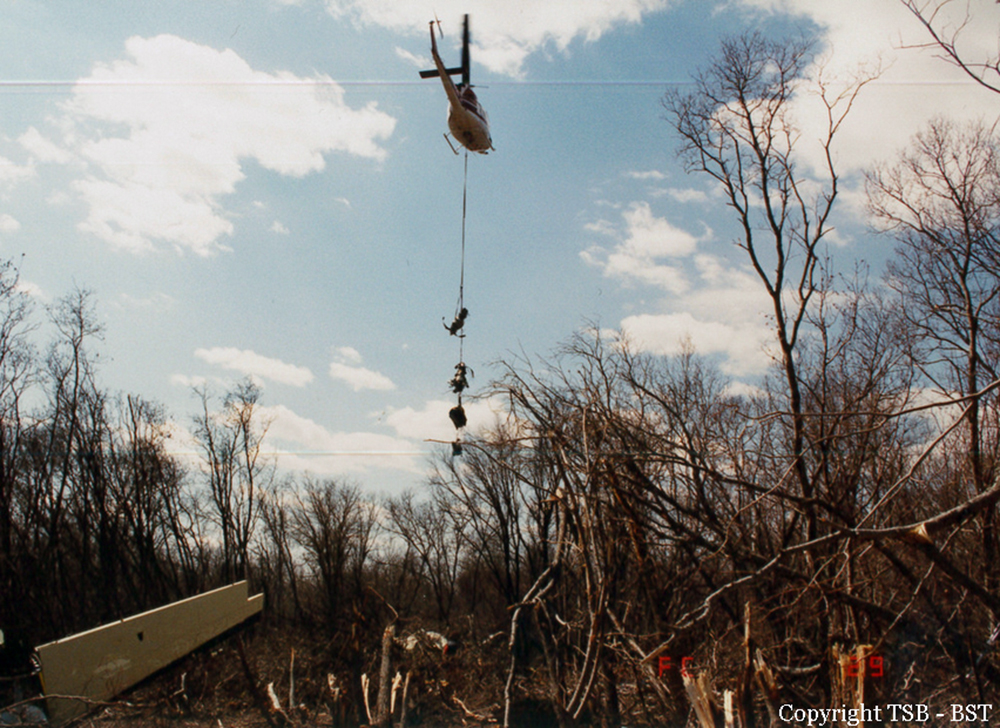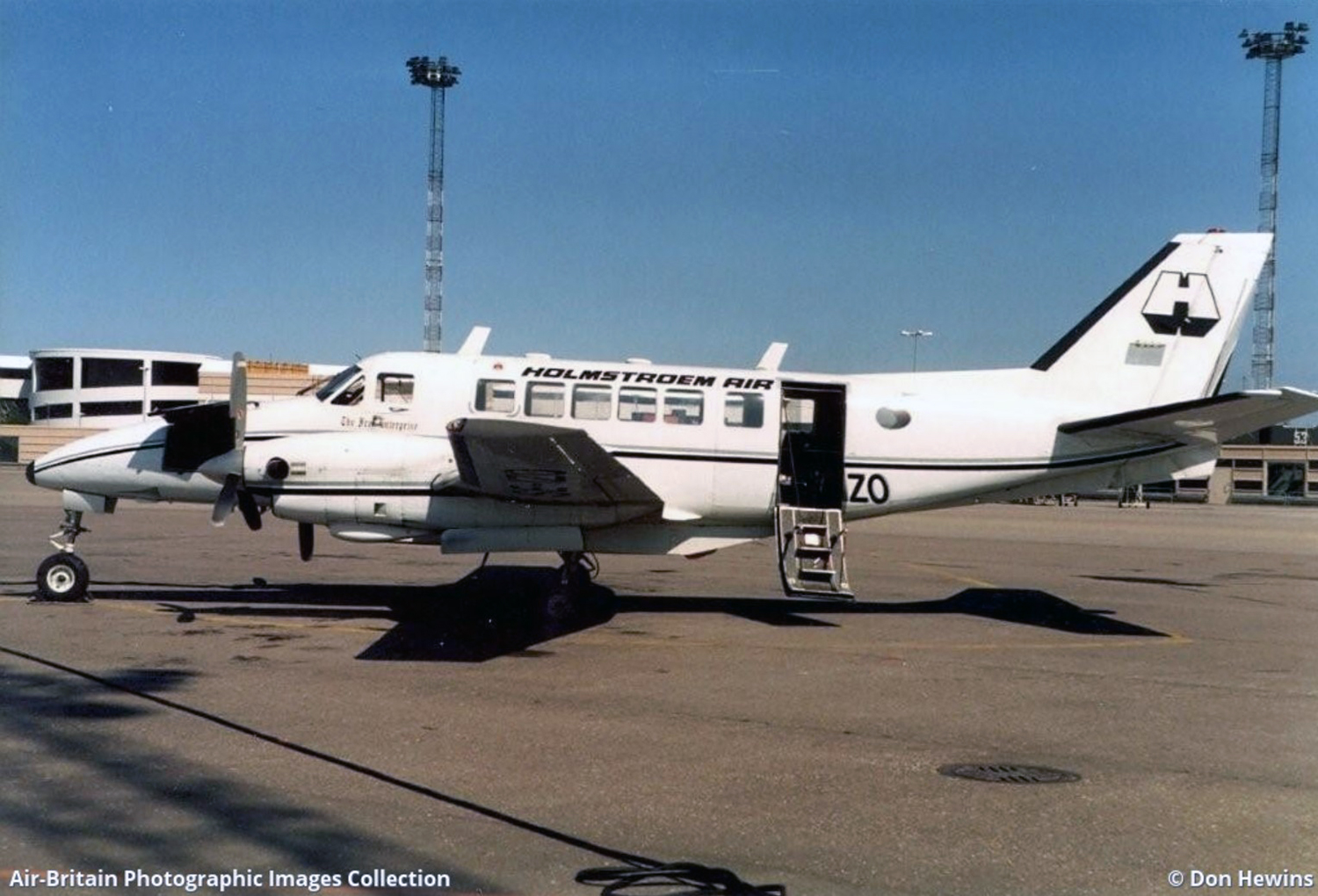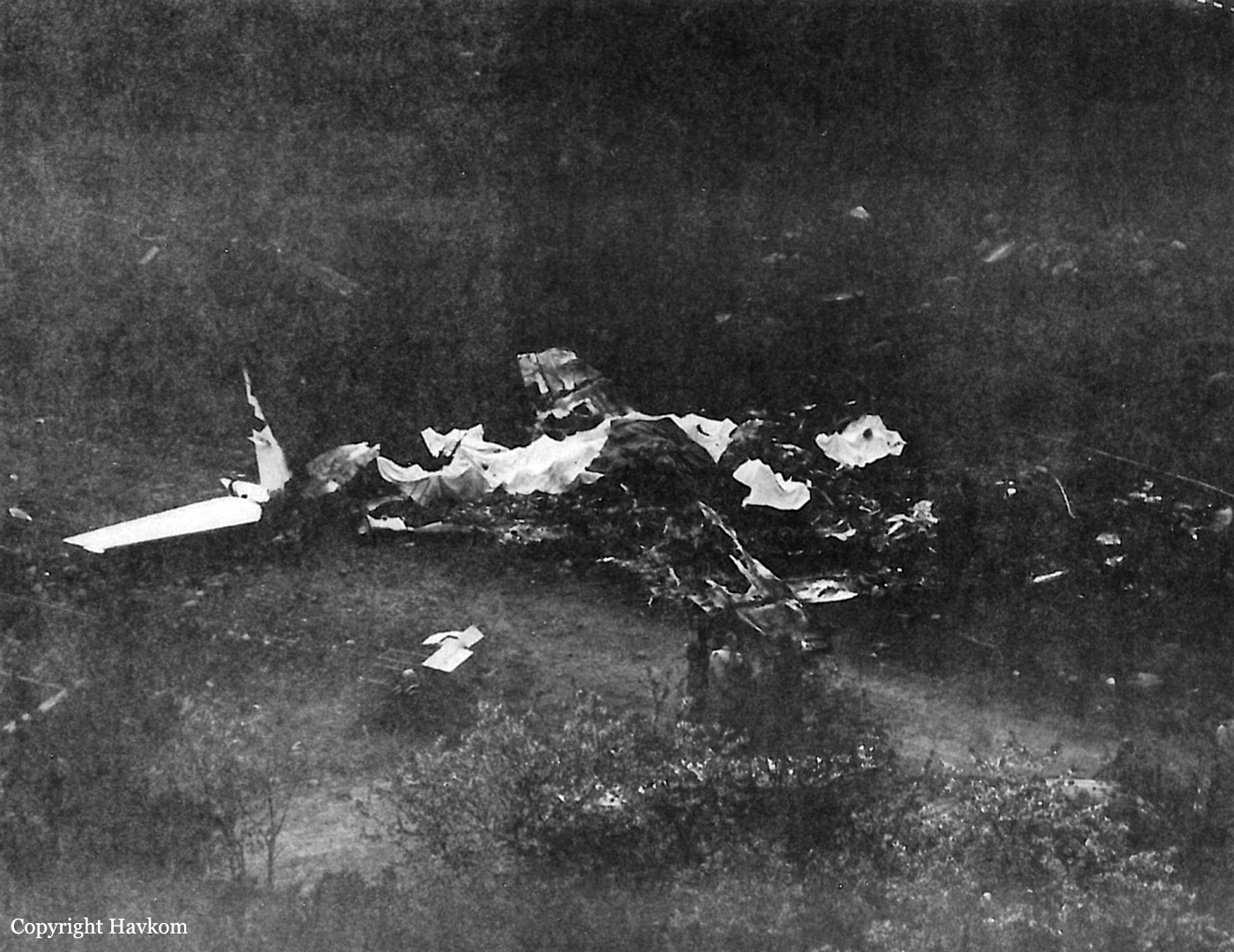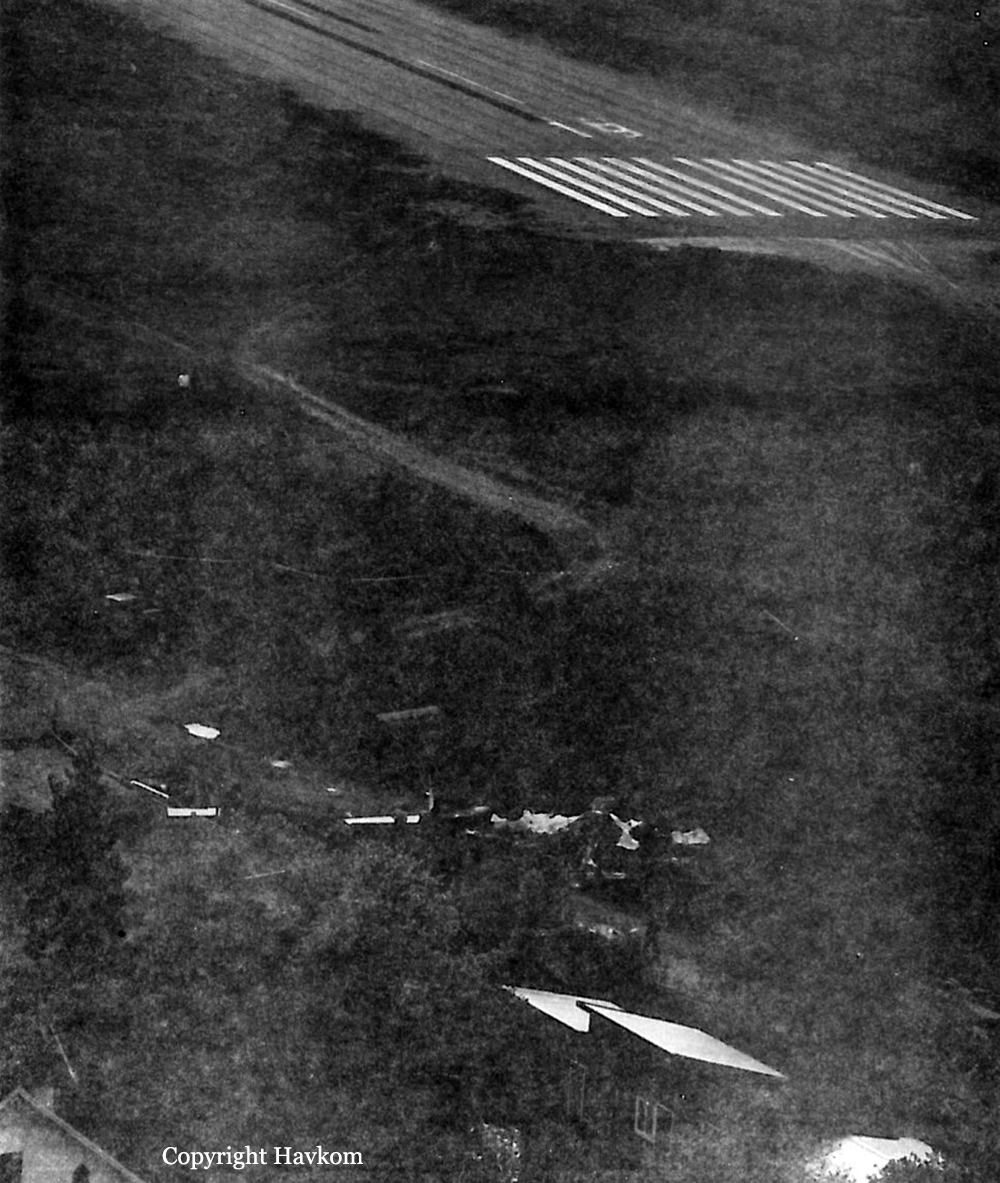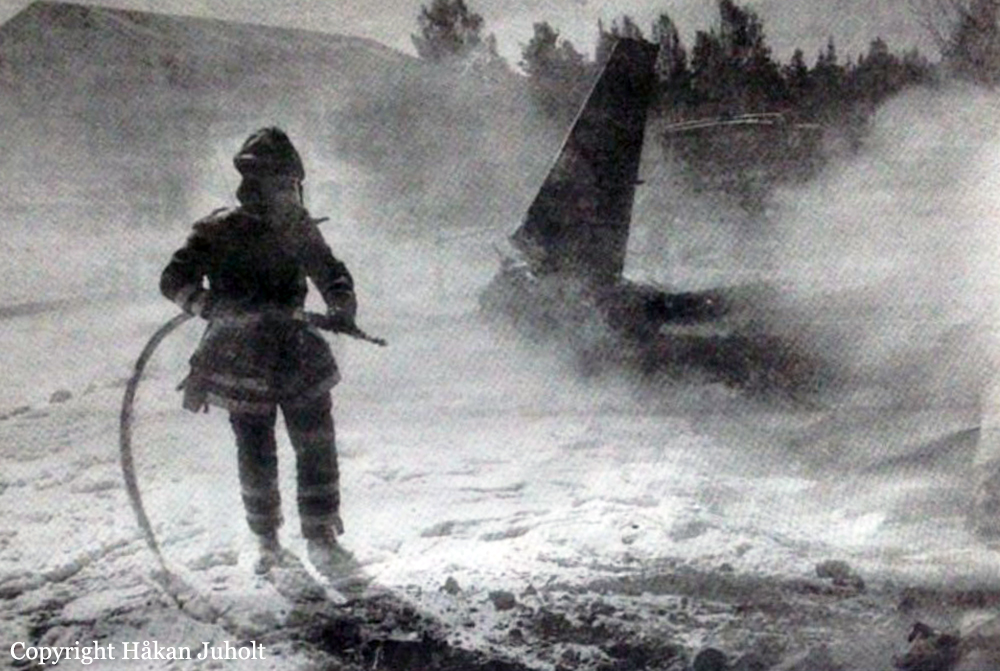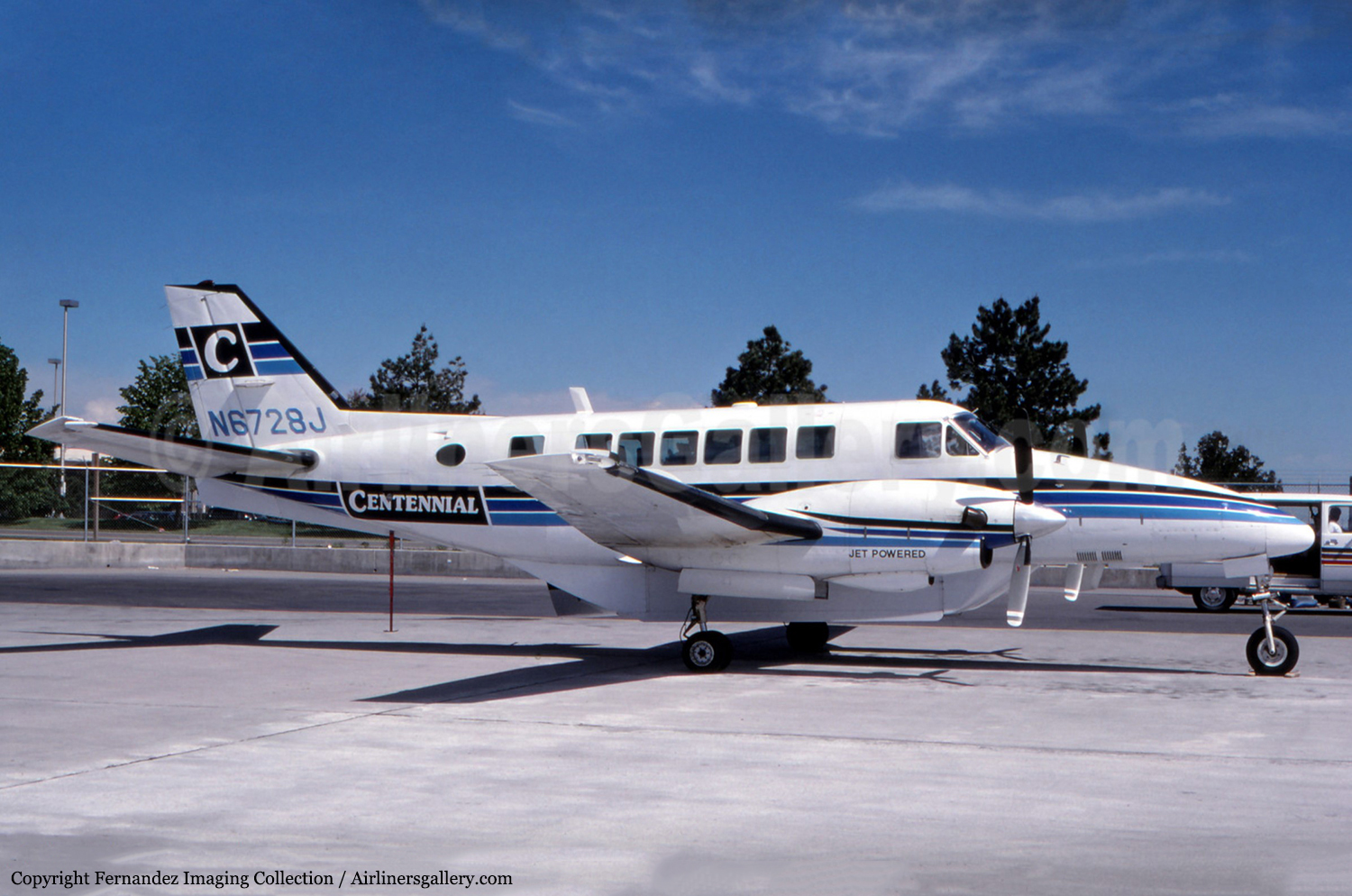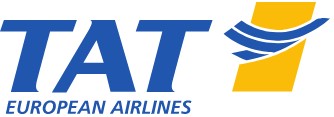Crash of a Beechcraft B99 Airliner off Roseau: 2 killed
Date & Time:
Jan 23, 1992
Registration:
N42AK
Survivors:
No
Schedule:
Roseau - Roseau
MSN:
U-148
YOM:
1972
Crew on board:
2
Crew fatalities:
Pax on board:
0
Pax fatalities:
Other fatalities:
Total fatalities:
2
Circumstances:
The twin engine aircraft was engaged in a local training flight out from Roseau, carrying two pilots. After takeoff from Roseau-Canefield Airport, while in initial climb, the aircraft entered an uncontrolled descent and crashed in the sea 275 metres offshore. The aircraft was destroyed and both occupants were killed.
Probable cause:
It was determined that the crew decided to takeoff with only one engine running. During initial climb, the crew inadvertently stopped the second engine for unknown reasons, causing the aircraft to enter an uncontrolled descent.
